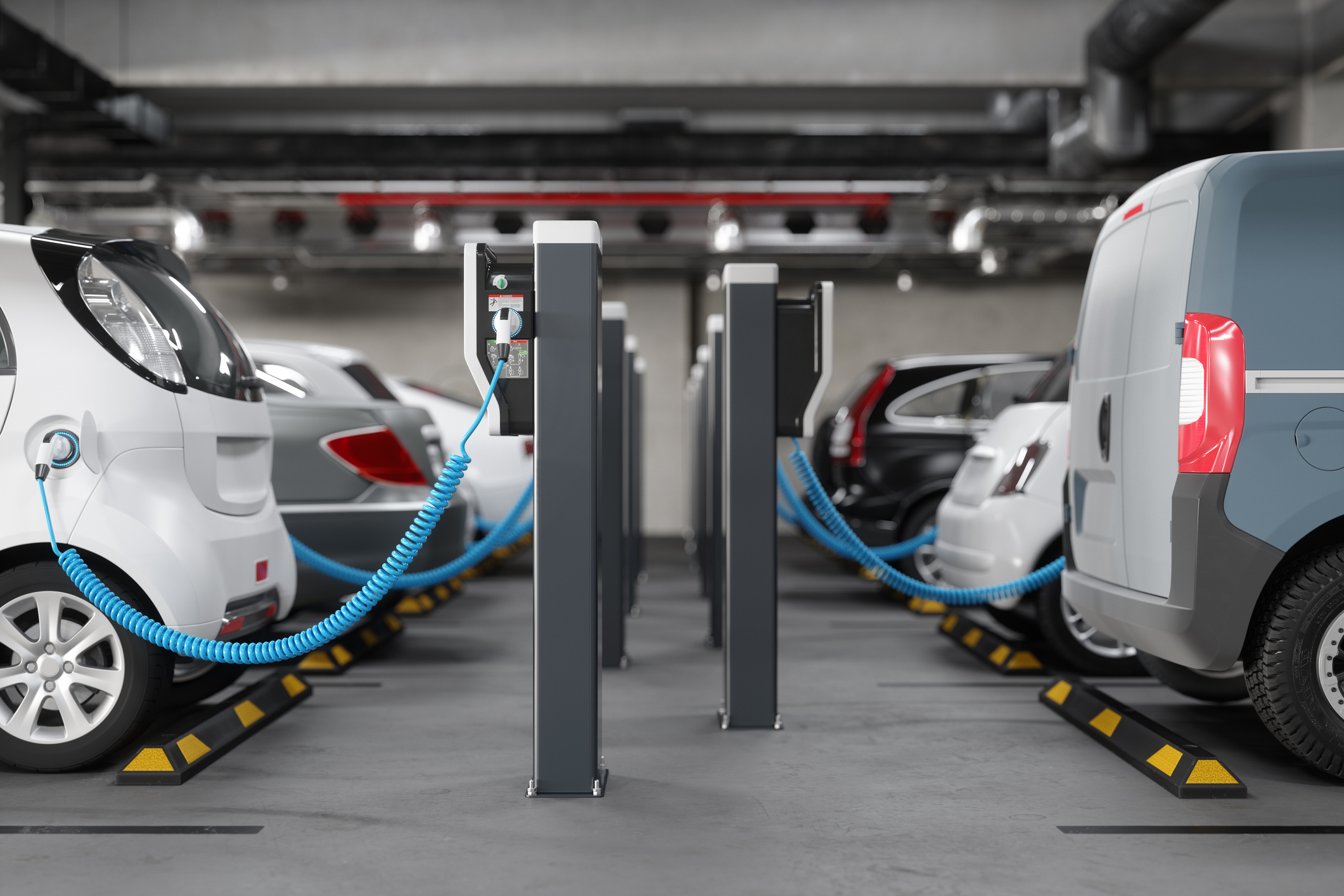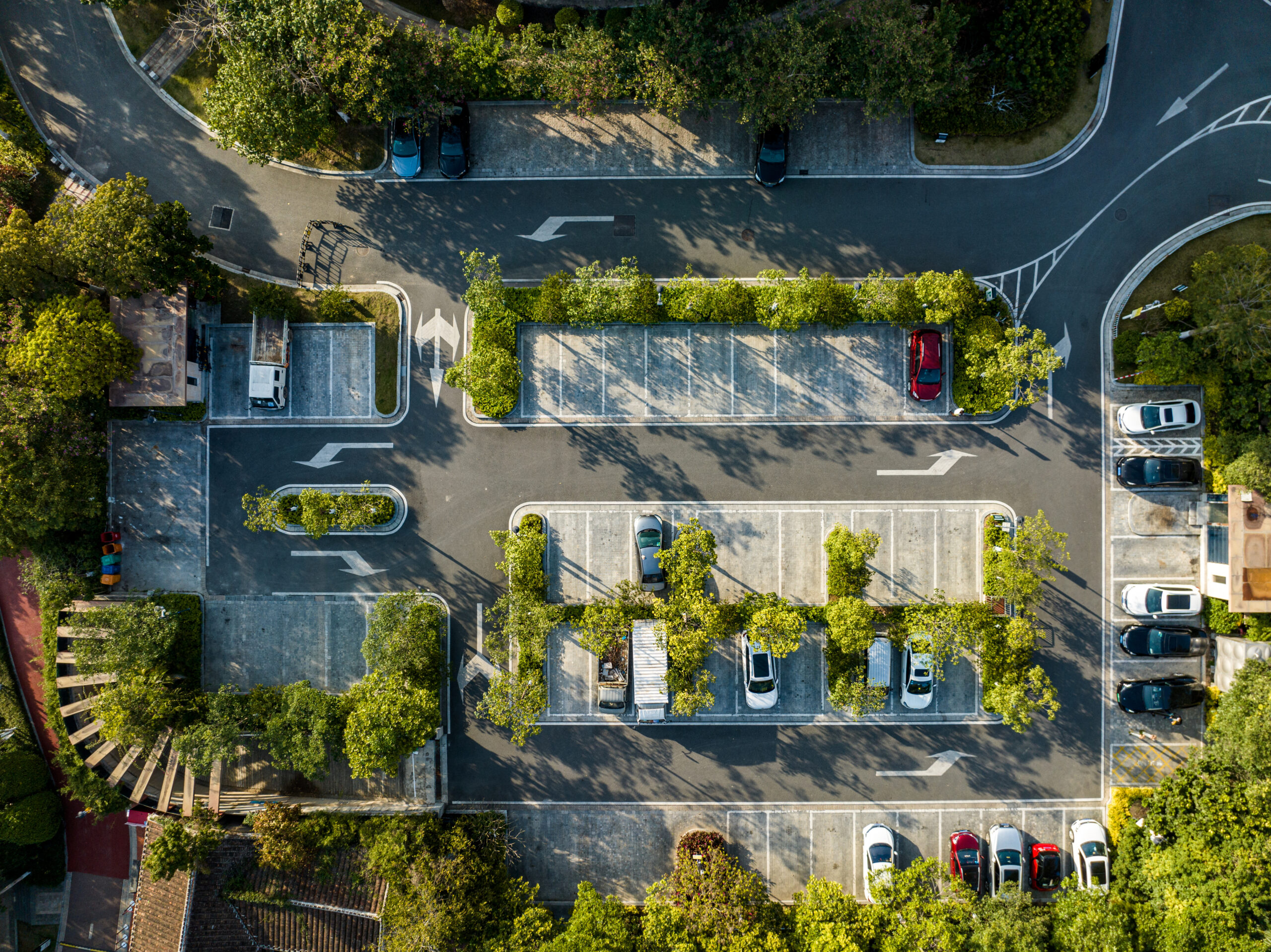Rural electric co-ops are embracing the growing electric vehicle (EV) market trends and increased infrastructural support, driven equally by prosumer interest and legislation. For example, the Inflation Reduction Act (IRA) promises to expand EV charging infrastructure outside of cities, helping lower range anxiety. Coupled with an executive decree to increase EV manufacturing to account for 50% of all vehicles sold in the U.S. by 2030, and soon EVs will travel far beyond urban centers. As EV markets continue to evolve, opportunities for EV managed charging programs have increased exponentially, allowing cooperatives to reduce high energy costs, enhance energy security, and increase member satisfaction. Is your cooperative ready?
What is Managed Charging?
As the name suggests, managed charging is a demand flexibility initiative that manages when a vehicle draws from the grid. As such, managed charging plays into several demand flexibility strategies including demand response programs or time of use (TOU) rate structures. Managed charging can appear in several ways, as a conservation tool like demand response to minimize usage during peak periods of demand, or to shift usage to off-peak hours. Both produce a similar outcome, which is to decrease costly energy purchases during peak demand while increasing grid resiliency.
With more EVs on the road, managed charging continues to be a great demand flexibility tool to avoid the high costs associated with peak demand energy. Through EVSE charging equipment and EV telematics, utility program managers can forecast their potential demand events. Because customer charging patterns can vary dramatically by person, a combined data analytics approach is ideal to help encourage program participation at the times that are optimal for the most potential customers. Let’s look at a few examples.
The Future of EVs
Already, the number of EV charging stations has nearly doubled since 2020, further illustrating the expansion of electric vehicles beyond city centers. In fact, this charging infrastructure is currently under federal scrutiny to ensure reliability for motorists. Research is underway for a variety of improvements to EV technologies, from improvements to battery life, battery recycling, and more. These improvements and the promise of continued enhancements are driving the electric vehicle market to new heights, and customers are interested.
On top of the technological advancements that will spur EV adoption, embracing electric vehicles isn’t just a logistical requirement, but an existential necessity. A recent report indicates that shifting to electric vehicles will decrease premature deaths caused by the environmental pollution created by ICE vehicles.
Cooperatives & Managed Charging in Action
Vermont Electric Cooperative (VEC) now offers a $250 credit to members who buy a Level II EV charger, which replenishes energy about four times faster than a standard 120-volt outlet. The Johnson, Vt.-based co-op asks members not to charge their cars between 5:00 p.m. and 9:00 p.m. to avoid peak demand. The initiative is part of VEC’s Energy Transformation Program to reduce the consumption of fossil fuels and the production of greenhouse gasses.
– Lisa Morris, Energy Services Planner, VEC
“We’re excited to offer this new strategy to help members transition to electric vehicles in a way that benefits all co-op members,” said Lisa Morris, the energy services planner at VEC. “Off-peak electric use is less expensive and cleaner, so if we can encourage off-peak charging, the whole co-op can save money and cut down on emissions.”
Just down the road from VEC, the Washington Electric Co-op offers discounts on the purchase of electric vehicles, electric lawnmowers, and electric bikes. Both co-ops are standing ready on the front lines of the growing global EV charging infrastructure market, which according to a recent report was worth $6.45 billion in 2018. The already significant market is expected to reach $95.98 billion—almost 15 times its current value—by 2027.
These examples are just the start. In 2022, the NRECA encouraged electric cooperatives around the U.S. to collaborate with state Departments of Transportation to help develop a national network of EV charging stations. The Bipartisan Infrastructure Bill provides even more opportunities for electric cooperatives to rise to the challenge of the increased demand incurred by an increasingly electrified fleet by expanding national broadband. In doing so, rural areas will have the interconnectivity necessary to run any managed charging or V2G reciprocal charging program.
Cooperatives & Managed Charging Conclusion
As noted, WEC and VEC are not alone: the National Rural Electric Cooperative Association (NRECA) frequently profiles EV programs offered by co-ops across the country – from North Carolina to Minnesota to Arkansas. Co-ops are actively leading the way in laying the groundwork for an electric vehicle future. Through managed charging initiatives, utility program managers can decrease energy consumption during peak demand, saving money and strengthening energy security.
Article originally published on October 9, 2019, with updates on June 16, 2023.






